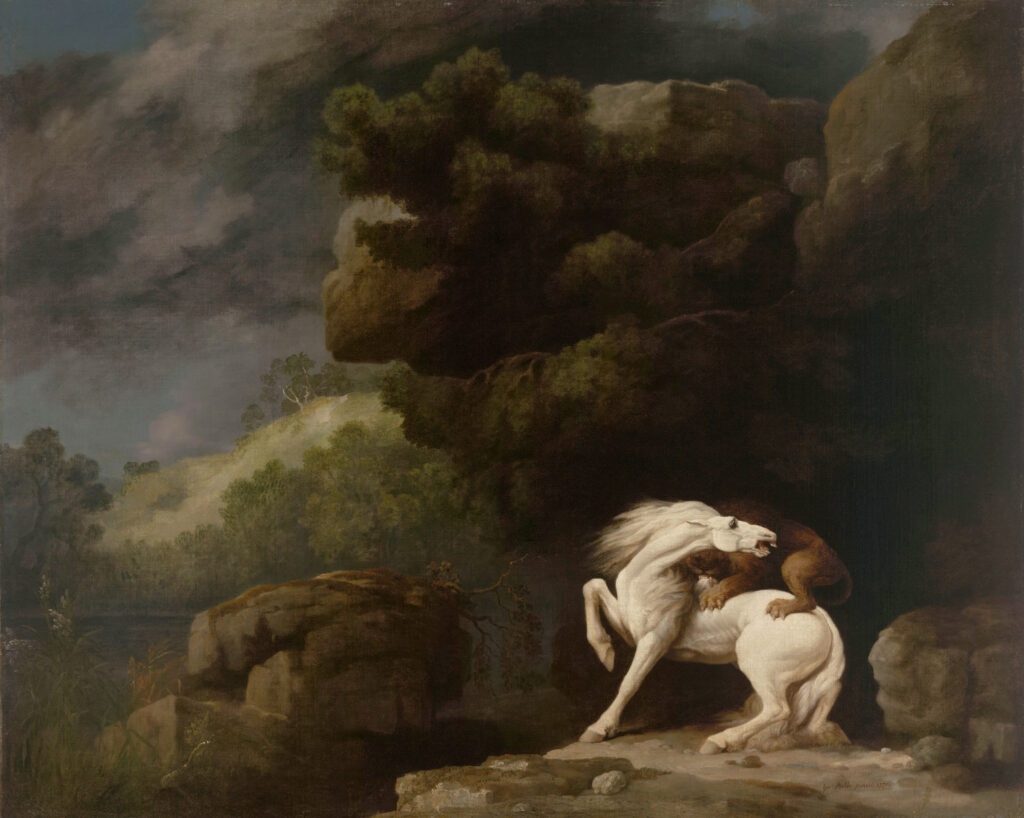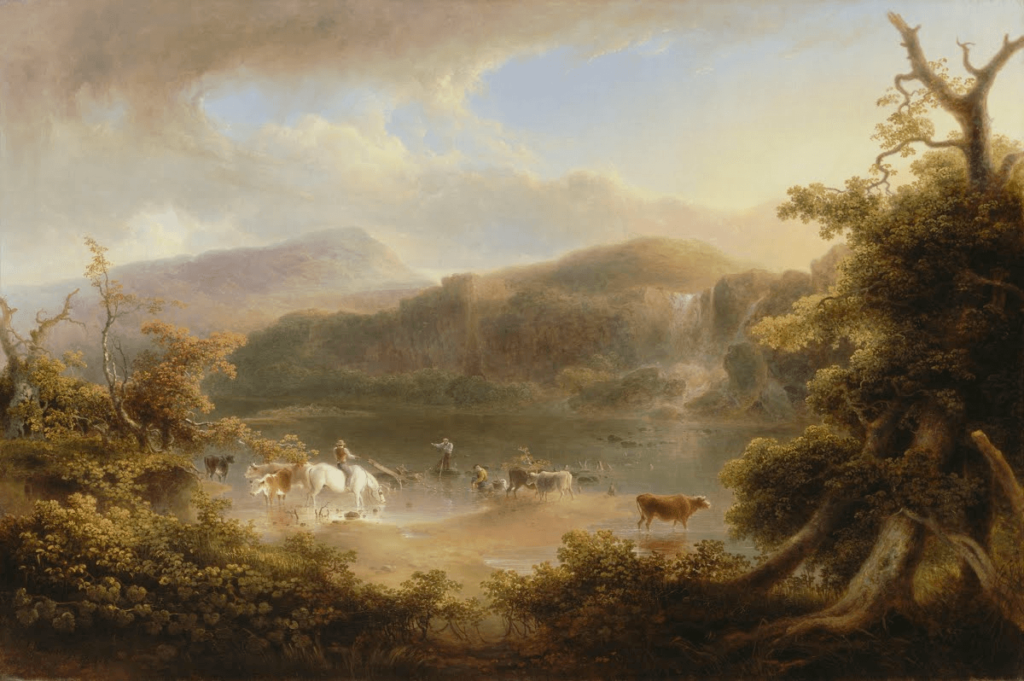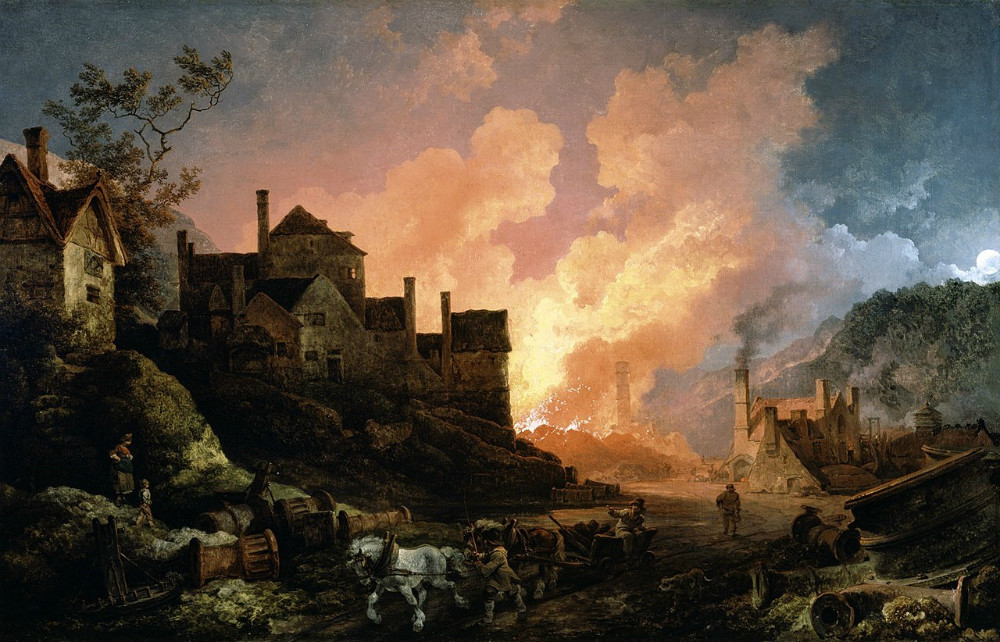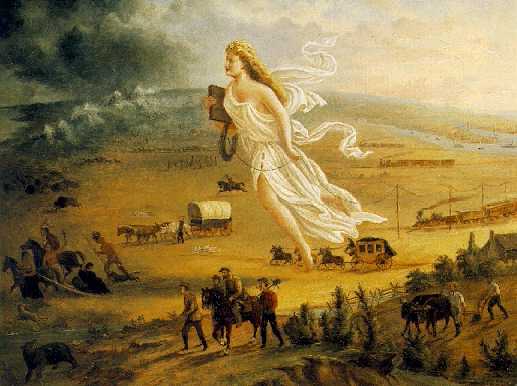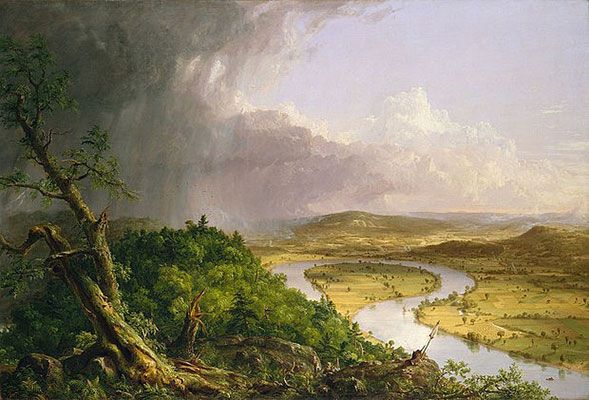Romanticism emphasised the individual, the subjective, the irrational, the imaginative, the personal, the spontaneous, the emotional, the visionary, and the transcendental.
For the western world it was it its peak from approximately 1800-1850. Romanticism was characterised by its emphasis on emotion and individualism as well as glorification of the past and nature, preferring the medieval over the classical
Romantics celebrated the spontaneity, imagination, and the purity of nature. Along with these elements it also incorporated a deep feeling of emotion as an authentic source of experience which put new emphasis on emotions such as apprehension, horror and terror, and awe.
Romanticism is marked by a focus on individualism, an emphasis on nature, emotion over reason, freedom of form, and an exploration of the Gothic and unknown.
The birth of the classical landscape
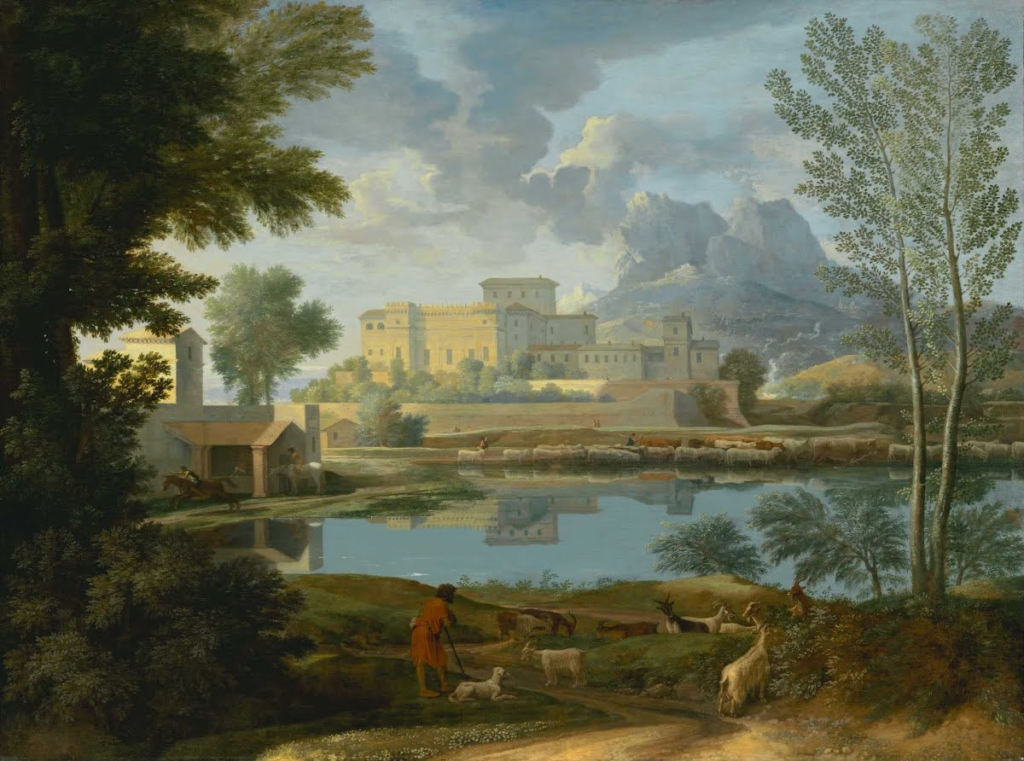
Landscape with a Calm, Nicolas Poussin, 1650–1651
In the 17th century the classical landscape was born. These landscapes were influenced by classical antiquity and sought to illustrate an ideal landscape recalling Arcadia, a legendary place in ancient Greece known for its quiet pastoral beauty. In a classical landscape the positioning of objects was placed strategically, every tree, rock, or animal was carefully placed to present a harmonious, balanced, and timeless mood.
The Modern Landscape

Irises, Vincent van Gogh, 1889
The 19th century held many milestones for the history of landscape art. As the Industrial Revolution altered the traditions of rural life, the old hierarchy of subjects crumbled. Barbizon painters such as Théodore Rousseau and Charles Daubigny became less concerned with idealized, classical landscapes and focused more on painting out-of-doors directly from nature—a practice known as plein air painting. The influence of Courbet’s distinct use of paint and the way he structured his landscape views extended well beyond impressionism, deeply impacting the work of Cézanne and Van Gogh, as well as painters in the 20th century.
Sublime
Sublime is a theory developed by Edmund Burke in the mid 18th century, where he defined sublime art as art that refers to a greatness beyond all possibility of calculation, measurement or imitation. In aesthetics the sublime is the quality of greatness, weather physical, moral, intellectual, aesthetic, spiritual or artistic An example of the sublime is looking up at a steep mountain or the stormy sea and feeling a sense of awe due to the vastness of the scene.
The sublime has been long understood to mean a quality of greatness that inspires awe and wonder. the concept and emotions it inspires have been a source of inspiration for artists and writers, particularly in relation to the natural landscape.
Moodboard
